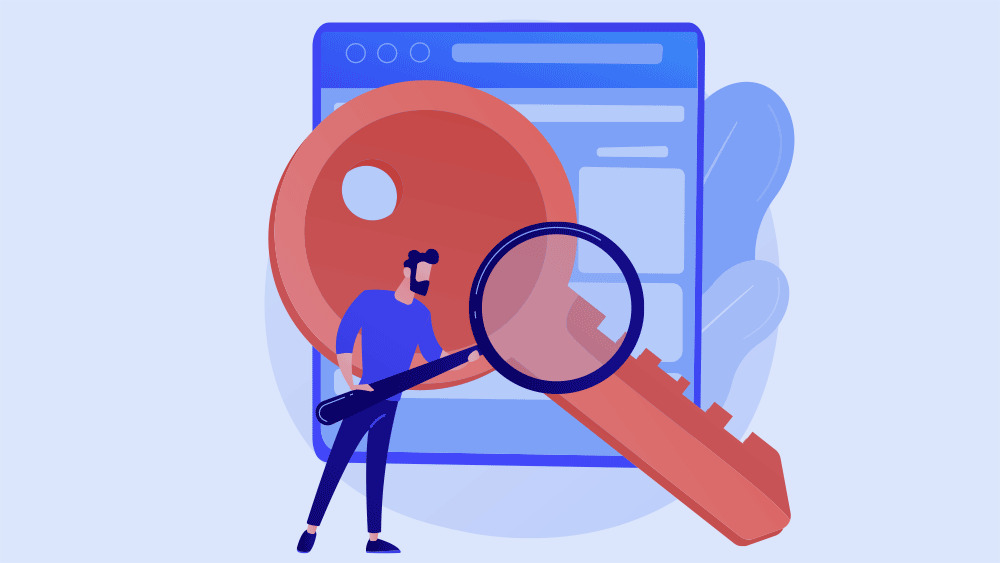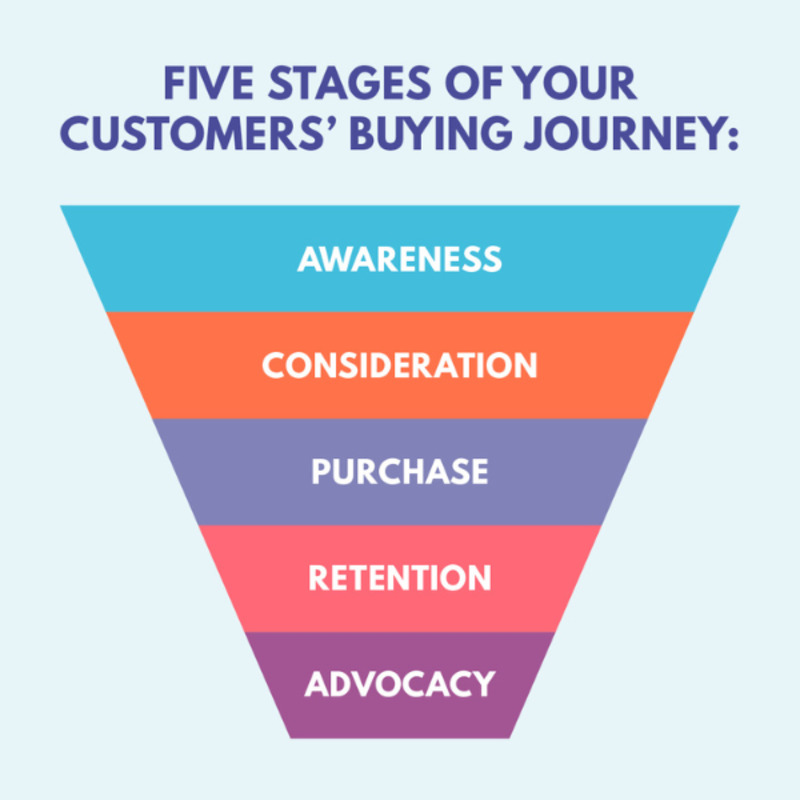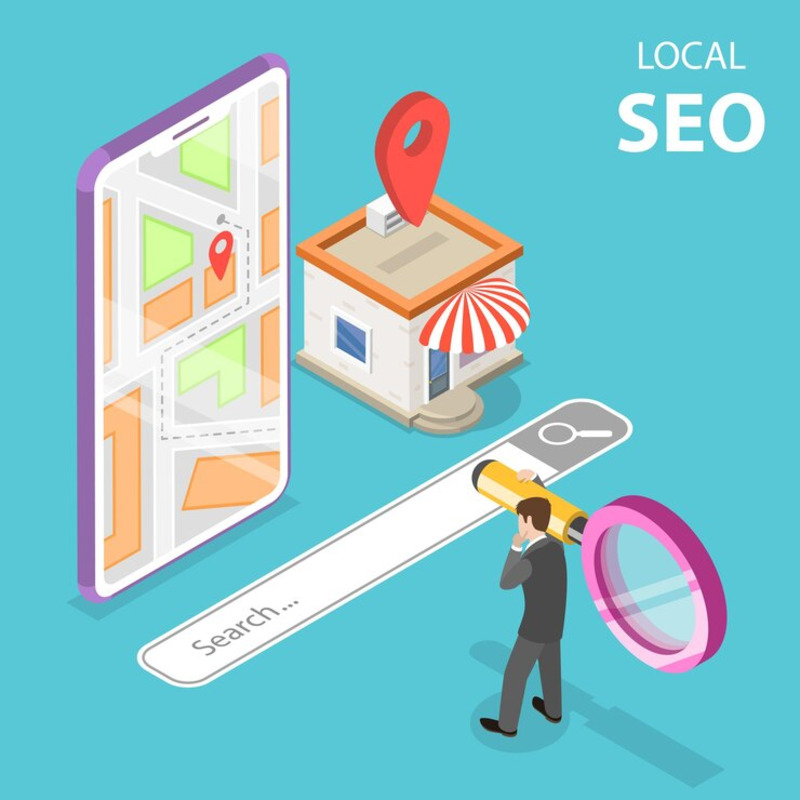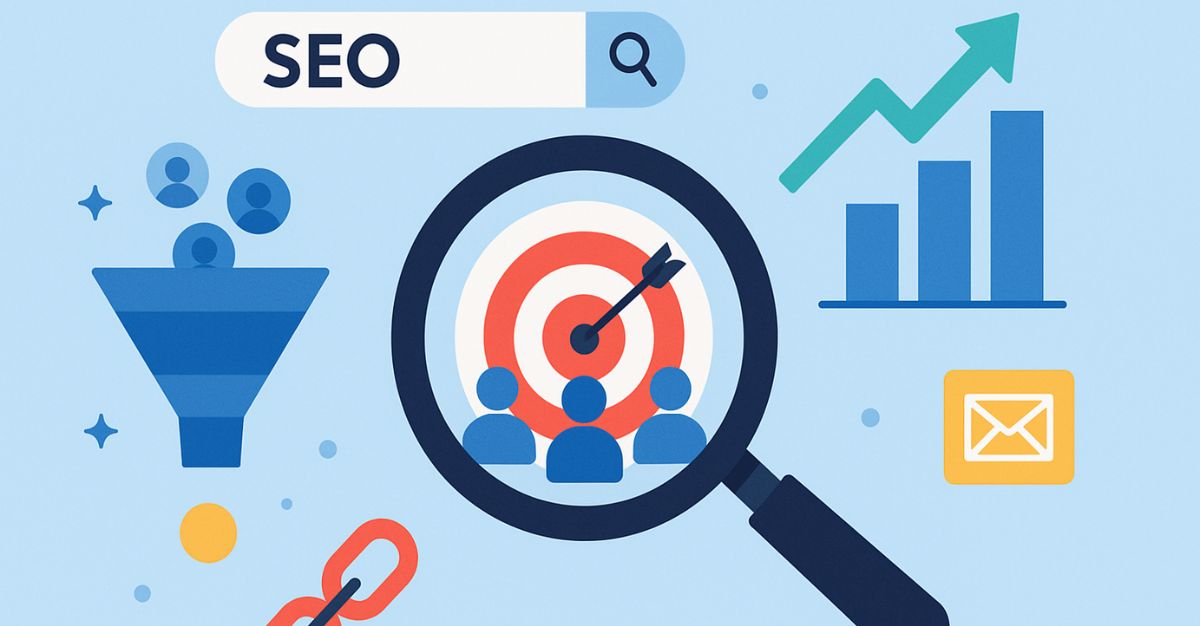SEO focuses on attracting relevant traffic that is more likely to convert. Quality traffic enhances engagement, boosts conversion rate, and improves ROI. The essence is properly targeting users that align with your business goals.
Understanding your audience and refining your SEO strategy ensures the right people find your content at the right point in their buying journey.
Table of Contents
Key Takeaways
- Quality SEO leads are about targeting the right audience, not just increasing traffic.
- A well-defined Ideal Customer Profile (ICP) helps attract the most relevant visitors.
- Buyer intent keywords and tailored content ensure your strategy aligns with user needs at every stage of the journey.
- Competitor analysis and SEO tools provide valuable insights to refine your approach and capture high-converting traffic.
- Optimising for local search, using schema markup, and customising CTAs boost visibility and engagement, improving conversion rates.
- Consistent updates and data-driven strategies are key to maintaining high lead quality and achieving sustainable growth.
What are Quality SEO Leads & Why Do They Matter?

Quality SEO leads refer to visitors who are genuinely interested in your content, products, or services and are likely to take action such as making a purchase or subscribing to a service.
Unlike random traffic that may bring visitors without the intention to engage, quality traffic aligns with your business objectives and supports long-term growth.
Why do they matter?
The following points tell you why quality seo leads are fundamental:
- Supports better ROI by attracting users who are more likely to convert.
- Lowers bounce rates by keeping users engaged with relevant content.
- Improves engagement through meaningful interactions with your audience.
- Strengthens SEO performance by sending positive engagement signals to search engines.
- Builds long-term trust by consistently reaching and engaging the right audience.
9 Quality SEO Leads Targeting Checklist
This checklist will guide you through actionable steps to help you target and convert the right leads, ensuring that your SEO efforts align with your business objectives and lead to measurable results.
1. Identify Your Ideal Customer Profile (ICP)

Your Ideal Customer Profile (ICP) defines the characteristics of your most valuable customers. Focus on factors like demographics, behaviour, pain points, and needs.
Use data from CRM systems, website analytics, and customer feedback to refine your ICP. This helps tailor your SEO strategy to attract the right audience, boosting engagement and conversions.
2. Define Relevant Buyer Intent Keywords

Buyer intent keywords focus on understanding the user’s purpose behind the search. Categorise them into informational, navigational, and transactional types, emphasising on transactional keywords that signal purchase intent.
These high-intent keywords attract users closer to conversion, making them key to your SEO strategy. Avoid using overly broad terms that generate traffic without relevance.
3. Analyse Competitors’ High-Performing Keywords

Analysing competitors’ top-performing keywords reveals valuable opportunities for your SEO strategy. Use tools like Ahrefs or SEMrush to discover which keywords drive traffic to their sites.
Identifying these keywords can reveal content gaps and highlight new targets that could improve your rankings and give you a competitive edge.
4. Use SEO Tools to Filter High-Converting Terms

SEO tools like Ahrefs, SEMrush, and Google Analytics allow you to filter keywords based on their conversion potential. Instead of focusing solely on search volume, look for terms that drive quality leads.
These tools feature metrics assessment like click-through rates and conversions, enabling you to prioritise keywords that are more likely to generate valuable traffic and improve your SEO performance.
For more insights on choosing the suitable tool, check out these guides on SEO Chrome extensions and SEO tools for digital marketers to enhance your strategy.
5. Optimise Pages for Intent (TOFU, MOFU, BOFU)
Mapping content to different stages of the sales funnel ensures that your website addresses the needs and questions of users at every step of their buying journey. This targeted approach improves engagement and increases the chances of converting visitors into leads.
Here’s a breakdown of how to optimise content for each stage:
| Stage | Description | Content Examples |
| TOFU (Top of Funnel) | The awareness stage where users are seeking general information. They might not know about your product yet. | Blog posts, informational guides, how-to articles, eBooks, videos explaining common problems. |
| MOFU (Middle of Funnel) | The consideration stage where users are evaluating solutions to their problems and might be aware of your product. | Case studies, product comparisons, webinars, FAQs, whitepapers, in-depth product reviews. |
| BOFU (Bottom of Funnel) | The decision stage where users are ready to make a purchase or take the final step in engaging. | Product pages, testimonials, free trials, demos, detailed service descriptions, clear CTAs. |
6. Map Search Queries to Customer Journey Stages

Mapping search queries to the customer journey ensures your content aligns with user intent. At the awareness stage, users seek general information, while in the consideration stage, they look for solutions.
Finally, users in the decision stage typically search for specific products or services immediately. Tailoring content to these stages guides users through their journey, increasing the likelihood of successful conversions.
7. Implement Schema Markup for Targeted Queries

Schema markup provides search engines a clearer understanding of your content by adding structured data to your web pages. This allows for enhanced visibility in search results through rich snippets like reviews, product details, and FAQs.
Implementing schema for targeted queries improves how your content is displayed, encourages higher click-through rates, and ultimately supports better SEO performance.
8. Optimise for Local SEO Leads (If Applicable)

Optimising for local SEO ensures your business appears in local search results. Claim and optimise your Google Business Profile, use location-specific keywords, and implement local schema markup.
Encouraging reviews and creating locally relevant content will further enhance visibility in “near me” searches, driving targeted traffic from potential customers in your area.
9. Add Compelling CTAs Tailored to Audience Segments

Tailor your CTAs to match the user’s stage in the customer journey, whether they’re in the awareness, consideration, or decision phase.
Use clear, action-driven language and place CTAs strategically across your site. Customising CTAs for each audience segment facilitates users towards the next step and increases the chances of them taking action.
Best Practices to Improve Lead Quality from SEO
Implementing these best practices will help refine your SEO approach and attract more high-quality leads:
- Focus on long-tail keywords to target specific, high-intent queries.
- Create persona-driven landing pages that align with your audience’s needs.
- Regularly update and refresh underperforming content to keep it relevant.
- Use advanced analytics to track lead sources and their performance.
- Optimise for user experience (UX) to reduce bounce rates and increase customer engagement.
- Implement clear CTAs tailored to the audience’s stage in the sales funnel.
6 Tools to Support SEO Lead Targeting
Using the right tools can help streamline your SEO efforts and enhance lead targeting. Here’s a look at some essential tools to improve your strategy:
| Tool | Purpose | How It Helps SEO Leads Targeting |
| Google Analytics & GA4 | Track user behaviour, traffic sources, and conversions. | Provides insights into which sources and content generate quality leads. |
| Ahrefs / SEMrush | Conduct keyword research and competitive analysis. | Helps identify high-converting keywords and monitor competitors’ strategies. |
| SurferSEO / Clearscope | Content optimisation and on-page SEO analysis. | Improves content relevance and quality, aligning it with target audience needs. |
| Hotjar / Microsoft Clarity | Heatmaps, session recordings, and user interaction insights. | Offers insights into user behaviour and identifies engagement patterns. |
| HubSpot / CRM Systems | Lead management and tracking. | Tracks leads through the funnel and integrates SEO data for better targeting. |
Conclusion
Attracting quality SEO leads demands a strategic focus on your ideal customer and optimising content based on buyer intent. Using the right tools and continuously refining your approach ensures improved lead quality and drives long-term growth.
Ready to bring in the right leads and watch your business grow? Let Newnormz digital marketing fine-tune your SEO strategy for better targeting and bigger results. Contact Newnormz today and let’s get started!






